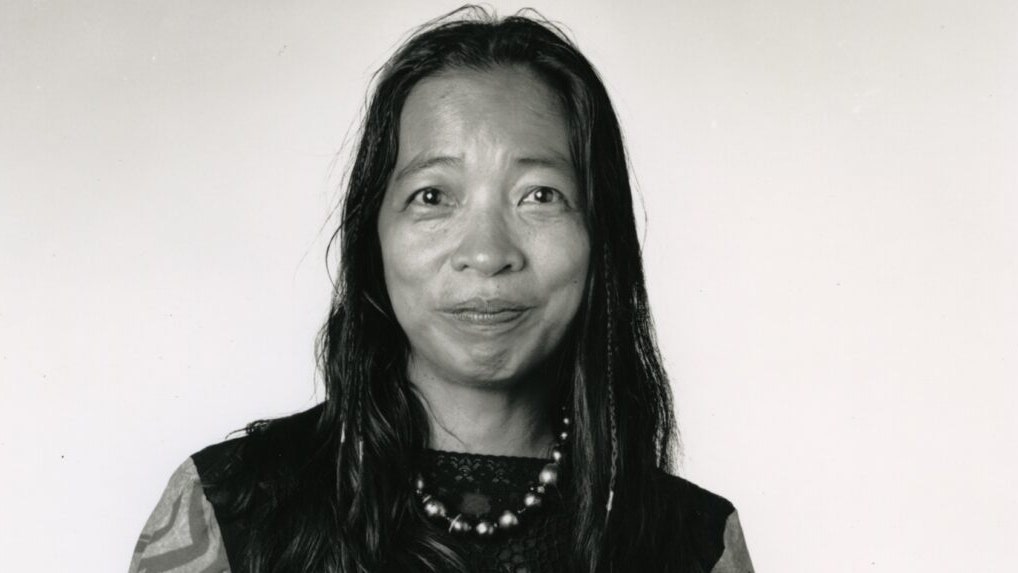Abad’s signature format was trapunto, a style of large-scale quilt. Despite the playfulness of their textures and colors, Abad’s versions often dealt with dense, complicated intersectionalities, from her identity as an immigrant Ivatan woman in the Western world to the social and political tensions of the authoritarian Marcos regime in the Philippines.
“What Pacita did, if you paid attention to it and looked into it,” says Katrib, “was actually very advanced and very advanced, and very appropriate for now – the politics, everything.”
Pio remembers the first time his aunt showed up Marcos and his cronies, a giant mixed-media painting featured in the PS1 show in Manila. When President Fidel V. Ramos, a former Marcos loyalist who accompanied Abad on a tour, saw the work, he said, “So Pacita, who am I?”
Pio rejoices in the memory of that story. “In her work she presents you with an uncomfortable truth in such a vivid, beautiful way that it resembles a sequined velvet mallet,” he says. ‘She pushes you towards that truth. I think you always have to tempt people into self-awareness, or the lack thereof.” (It’s a lesson he seems to have internalized: Within his own practice, Pio has tackled similarly thorny political issues in a visually enchanting way.)
Success in the art market largely eluded Abad while she was working. “There was a period when she wasn’t selling much, and someone said, ‘Your paintings are too big,’” Garrity says. “So she broke up about two or three of her large paintings into smaller paintings, and they sold, but it was painful.” At another point, he says, after showing about 130 paintings at an exhibition, she sold only about 30 paintings. .
Yet she has never given up hope of one day exhibiting in major museums. “She wanted a lot of people to see her work,” Garrity says. ‘I think that’s one of the reasons she painted so large – because they were intended for institutions.’





